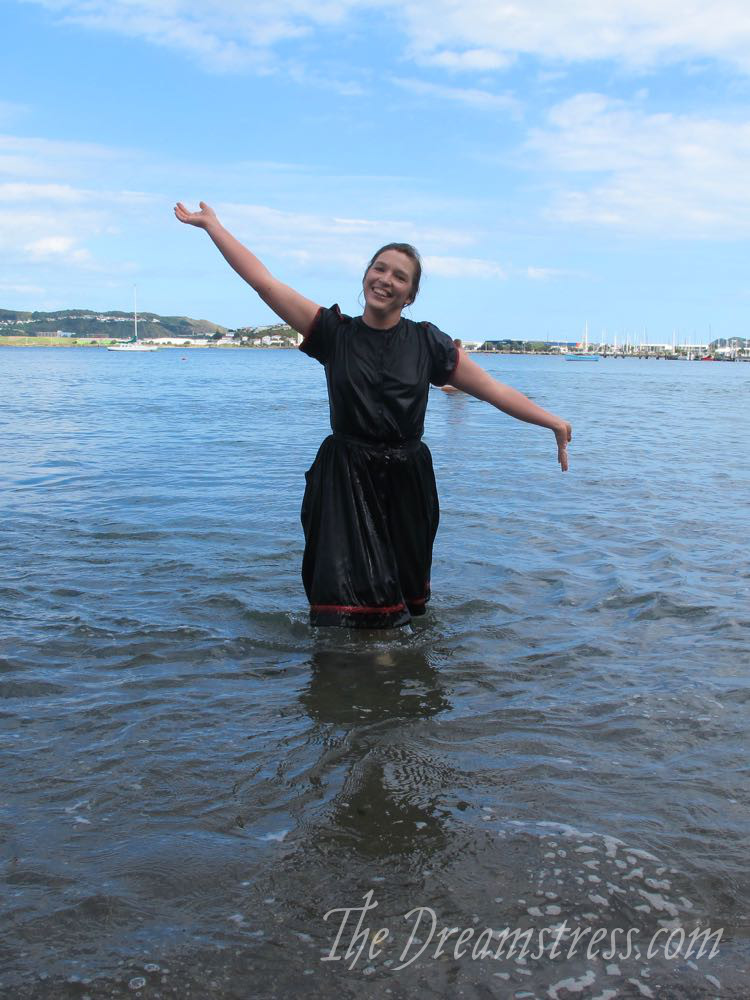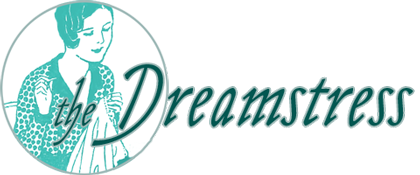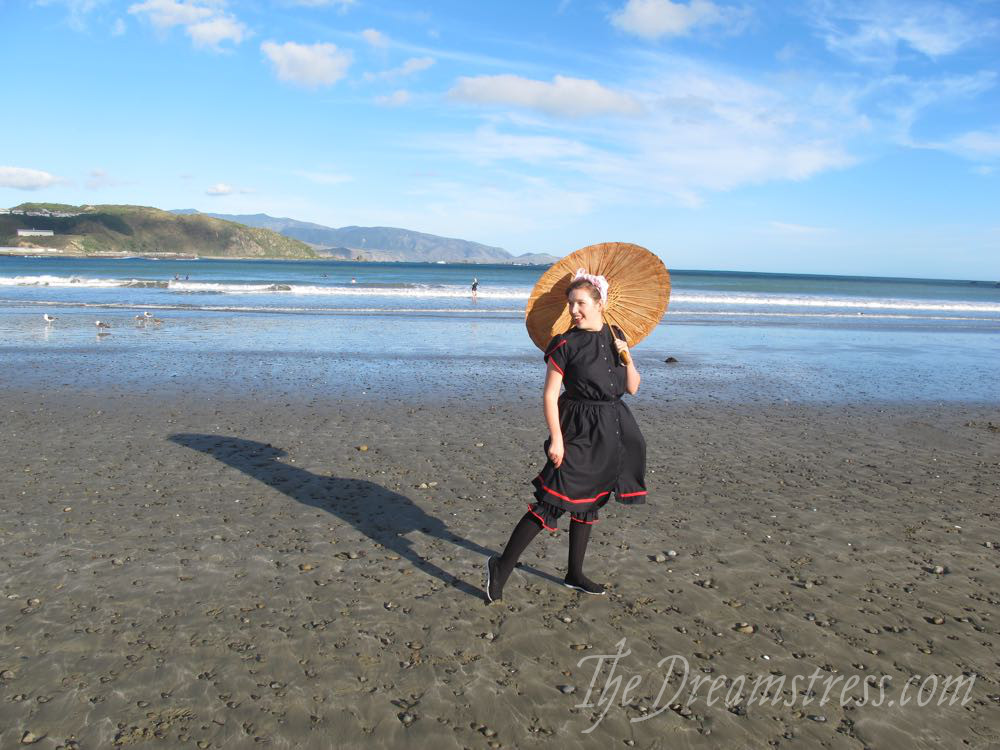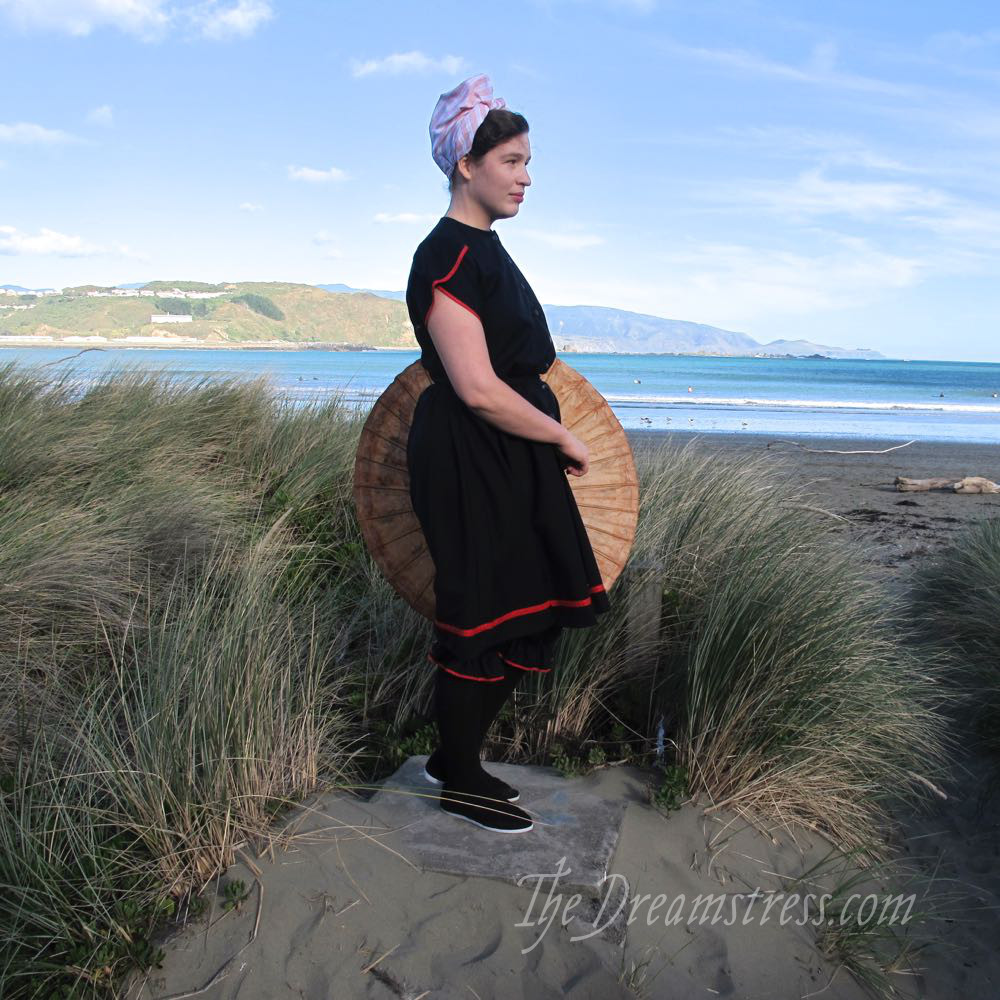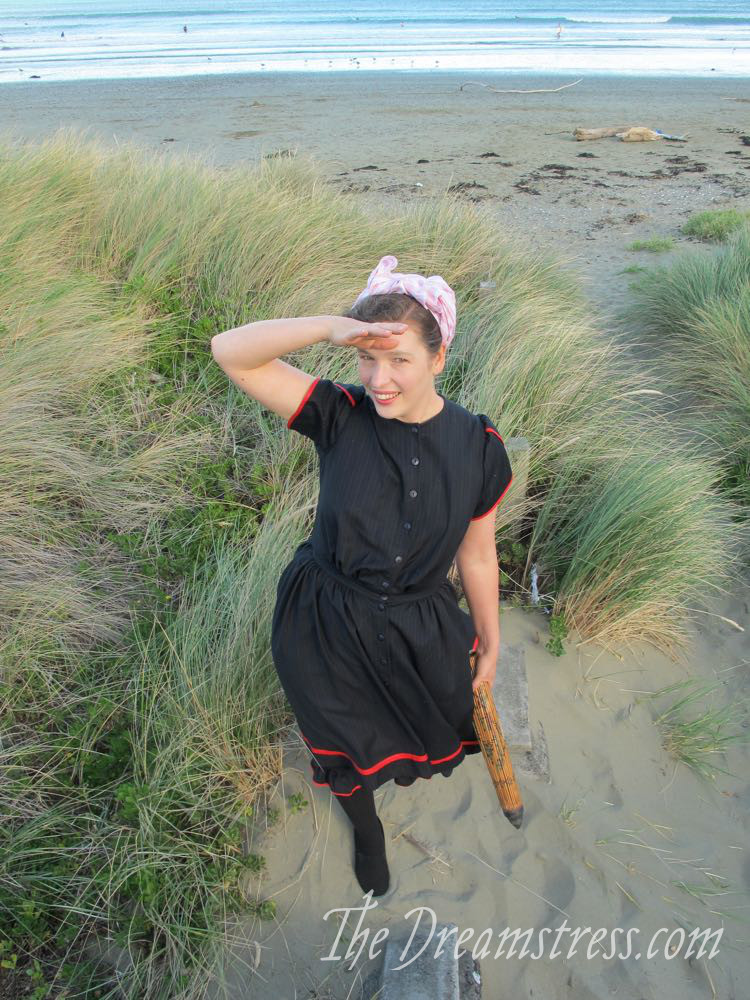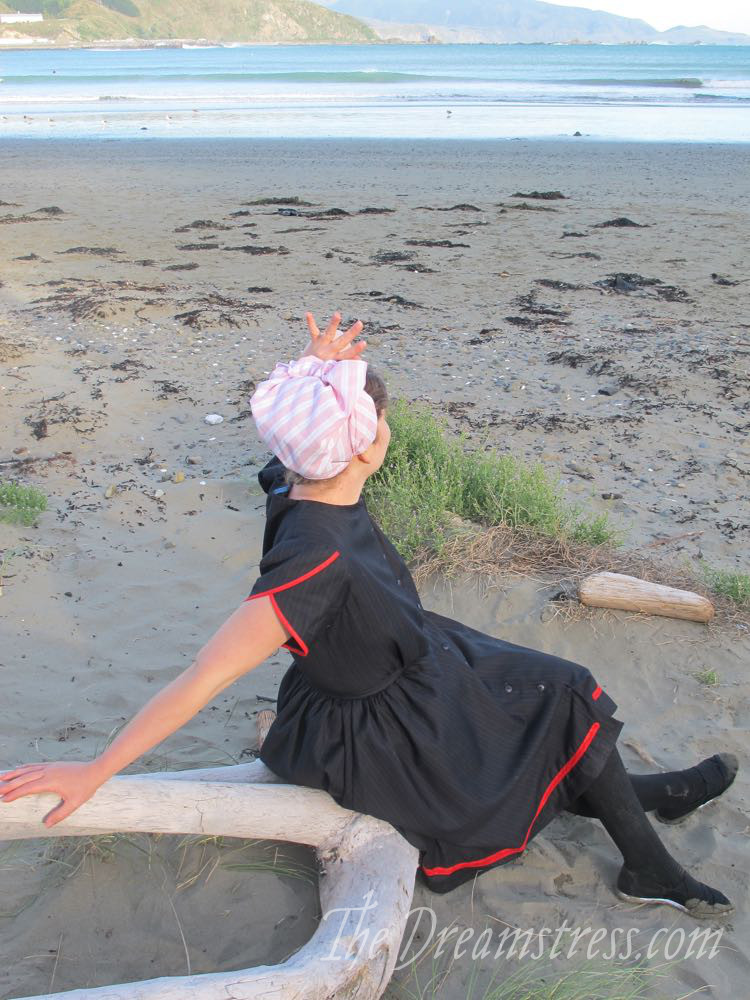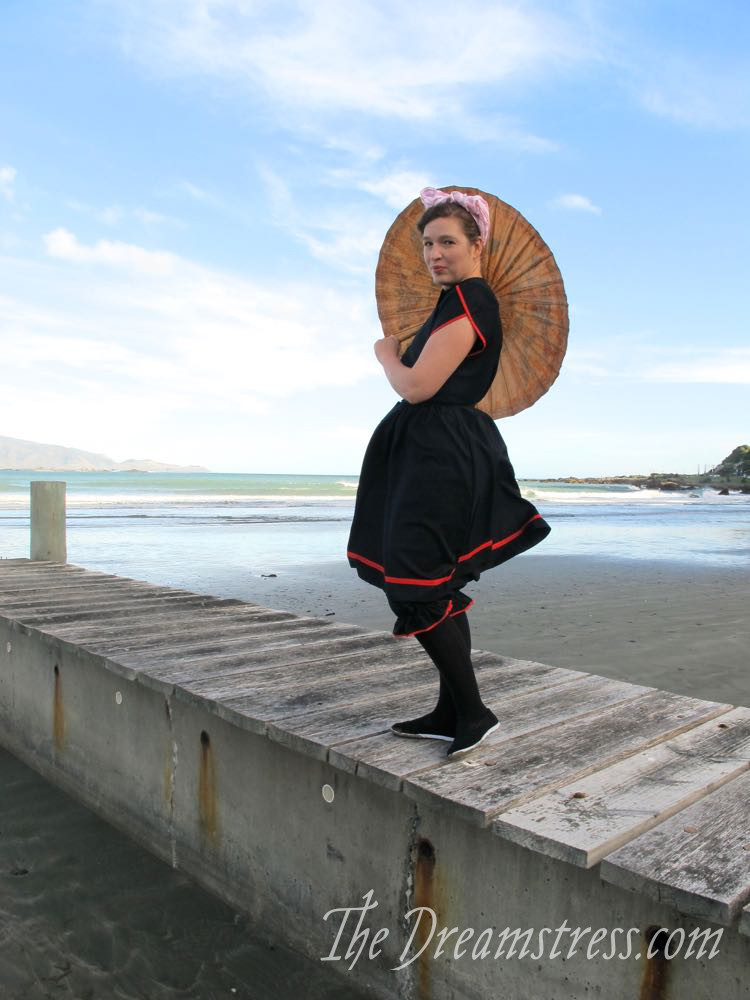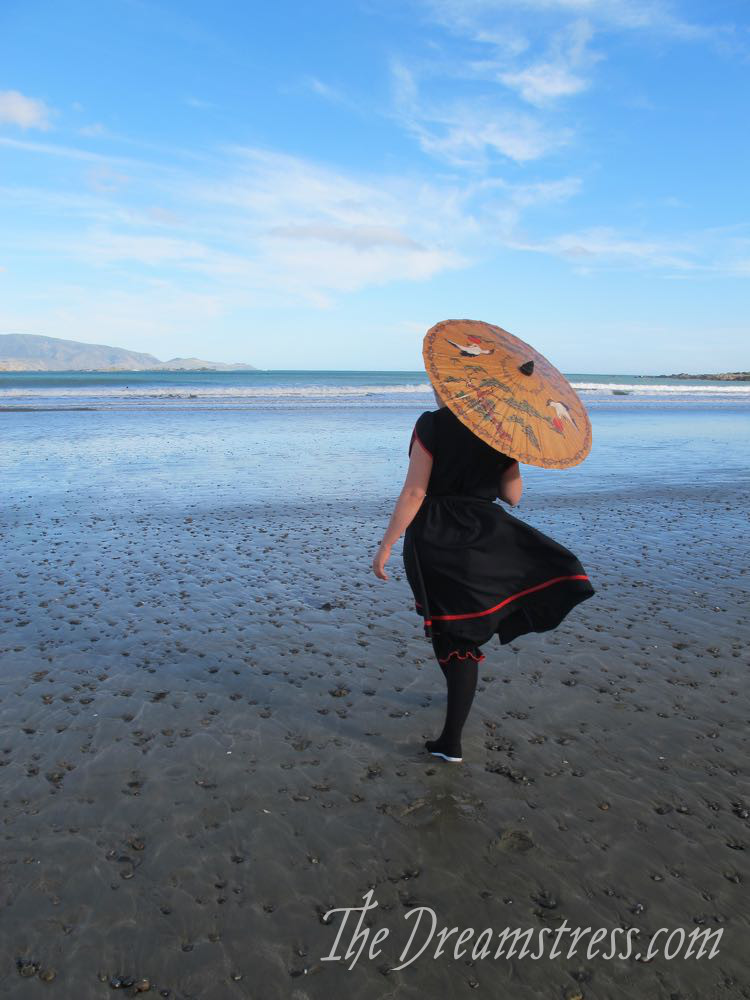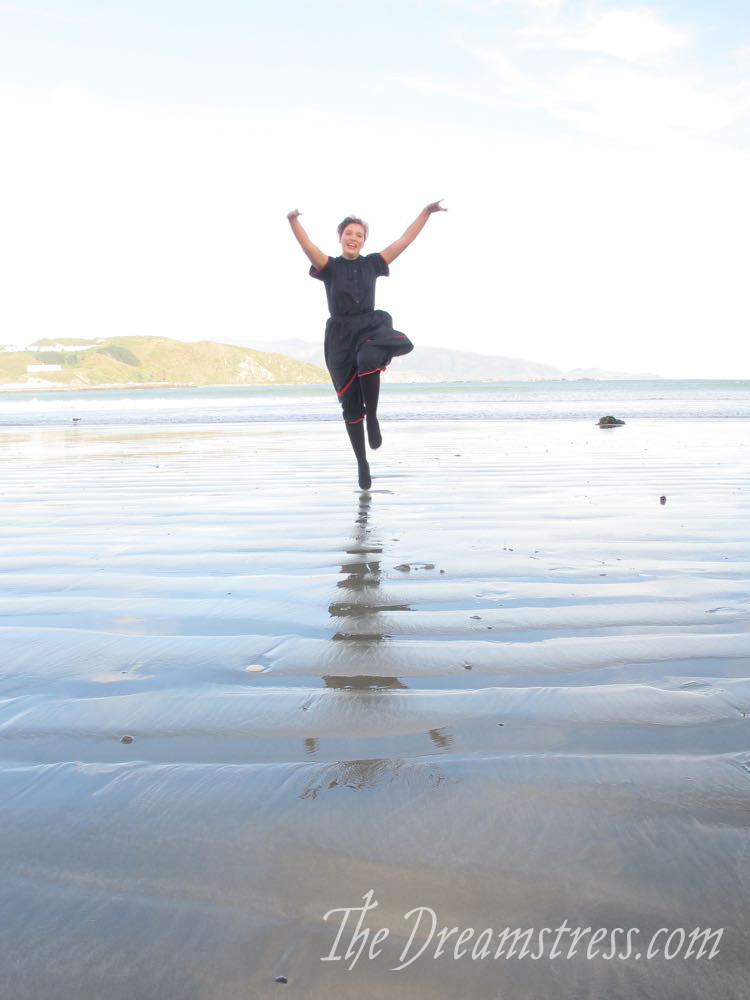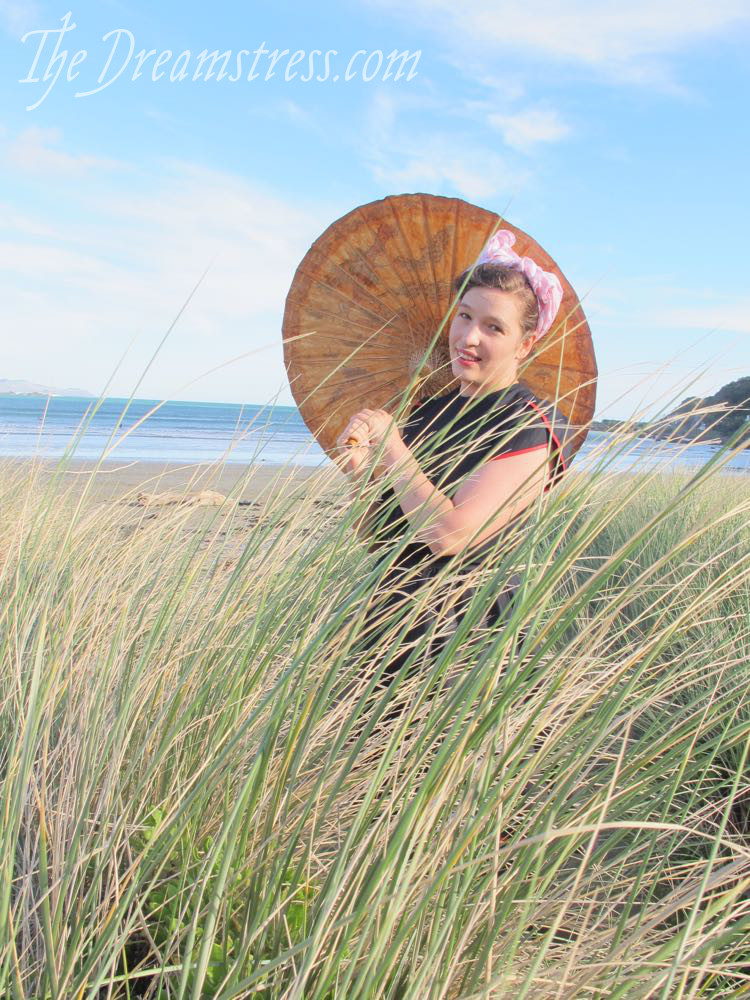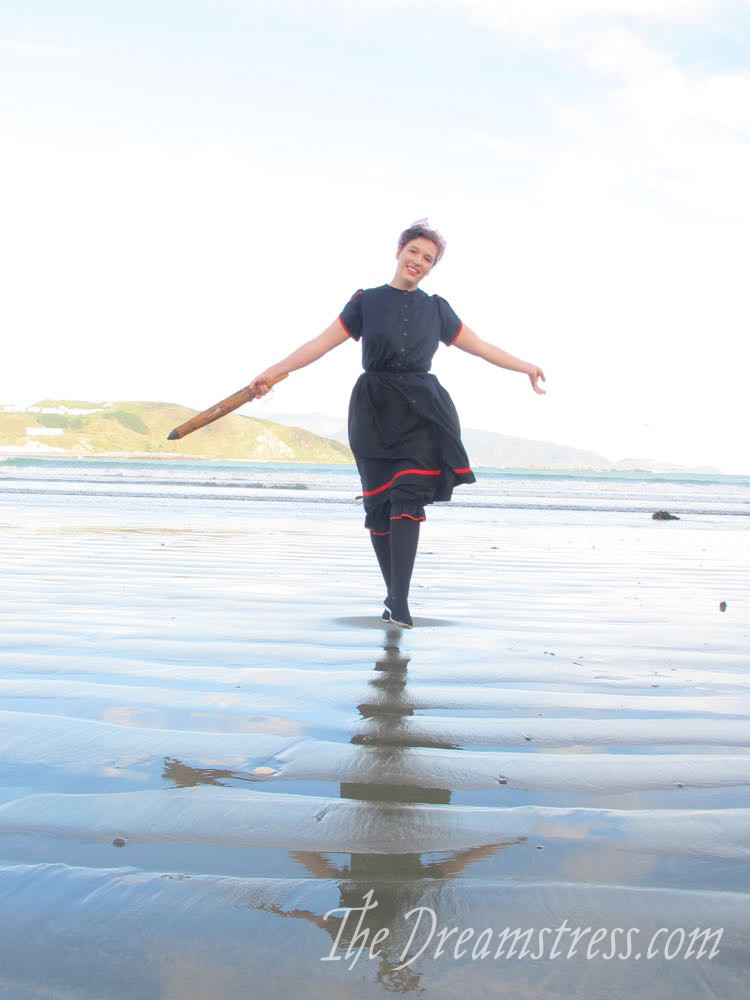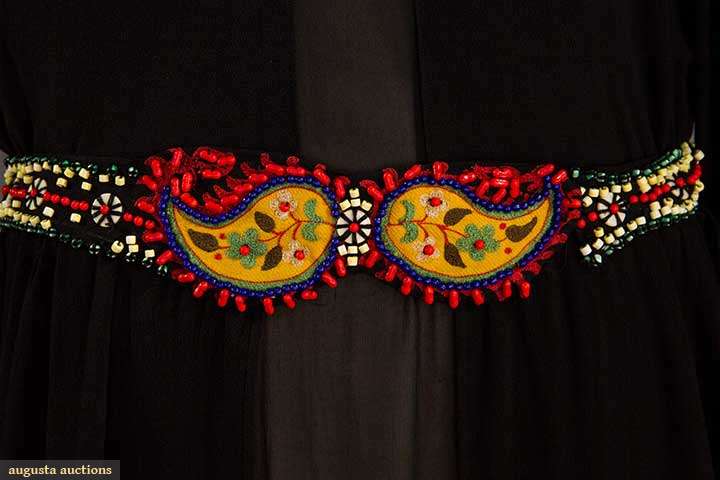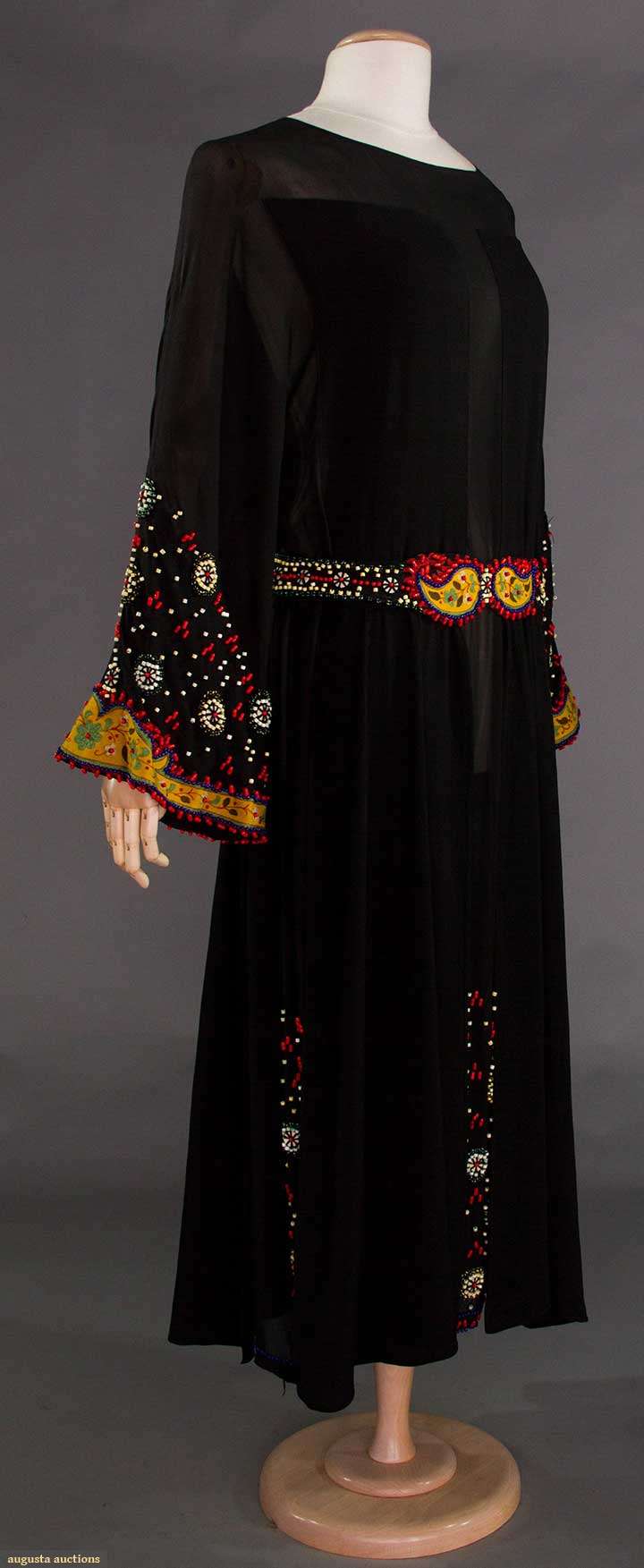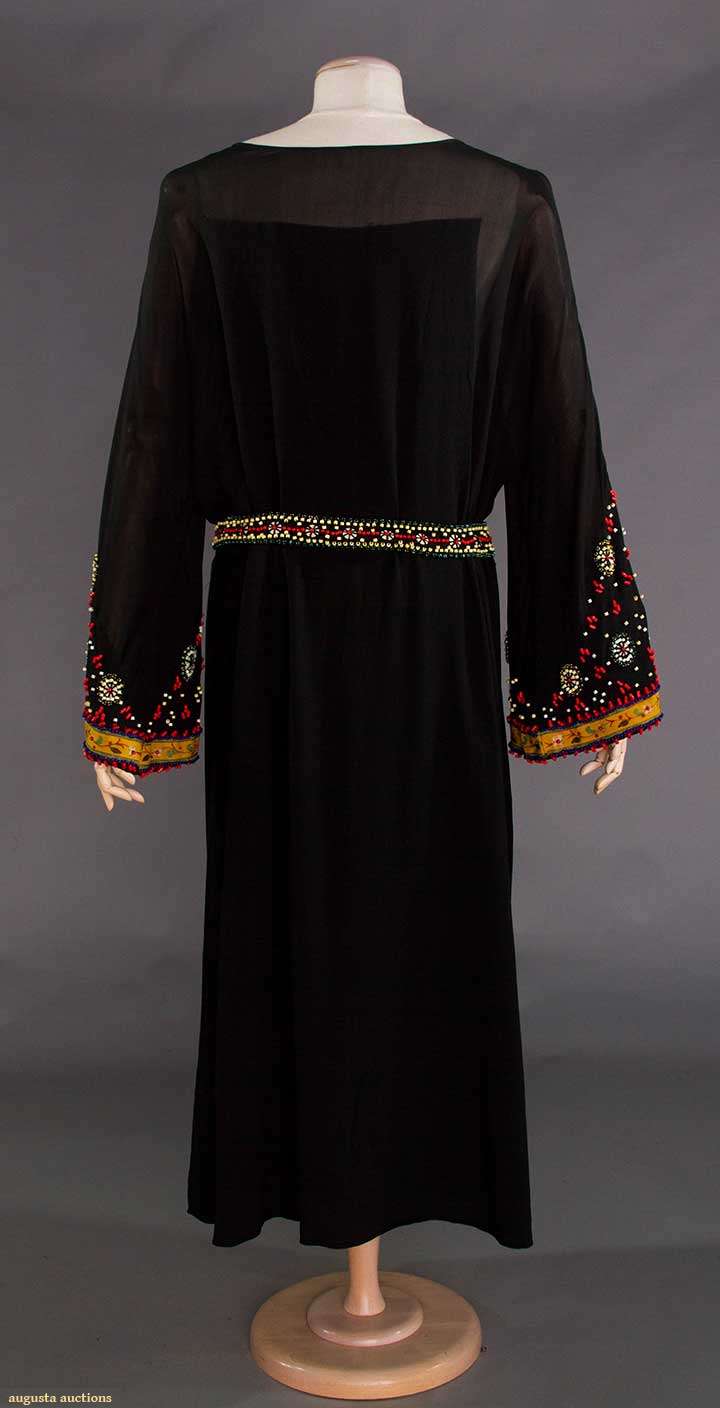Yesterday I showed you my reproduction worsted wool Edwardian swimsuit. Everyone wanted to know if I actually swam in it, and if you could swim in it. Obviously I wondered this as well. The swimsuit was lovely to frolic on the beach on, but could it actually work as a swimsuit.
So I gave it a try!
My reproduction swimsuit was made from worsted wool serge, and consists of a jumpsuit with attached bloomers, and an overskirt. Both garments button down the front.
I chose to swim with bare legs and feet. While fashion plates generally show shoes and stockings there are enough period photographs that show wading women with swimsuits and bare lower limbs to make this equally plausible for a full swim.
For the first swim I jumped off a little dock at Hataitai/Evan’s Bay beach. It’s a popular swimming spot (as evinced by all the kids watching me), and very calm and safe, so a good place to try out the swimsuit.
My first mini swim showed:
- It’s definitely possible to swim in a worsted wool Edwardian swimsuit
- The swimsuit does seem to provide some additional insulation compared to a conventional modern swimsuit.
- The suit does hold a reasonable amount of water, but it dried off surprisingly quickly.
- Scarves do not stay on.
I would NOT want to do this in a woollen swimsuit (read about the difference between worsted and woollen fabrics here). Woollen wool would hold so much more water, which might not be an issue when in the water, but would make it much harder to get in and out of the water, particularly climbing a ladder, as I did.
I should note that I’m not a particularly good swimmer. I never took lessons: just learned by whatever sort of osmosis growing up in Hawaii does for your swimming skills. My friends who are very good swimmers have cheerfully gone into great detail about how bad my form is. If you’re ever caught in a riptide you’d better hope there is someone other than me on the beach!
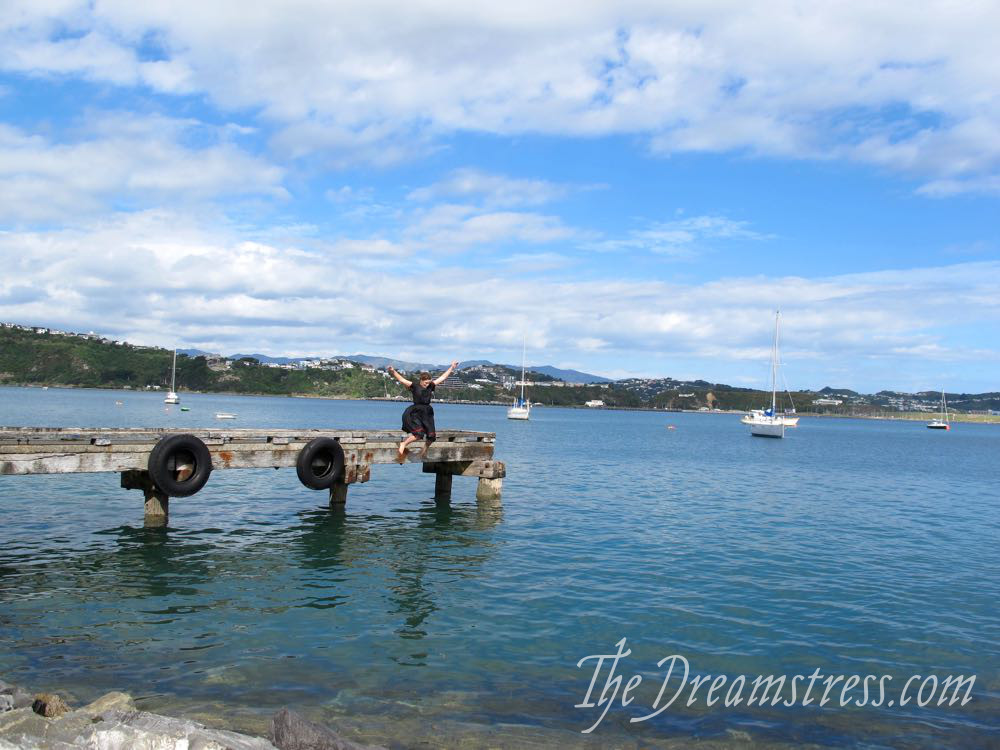
After the first mini swim, I tried a longer one: jumping off the dock, and swimming around the curve of the coast to the little sandy beach. It’s a distance of a bit over 100m (very rough guess).
The longer swim I gave me a better idea of how my Edwardian swimsuit, with its bloomers and skirt, fared.
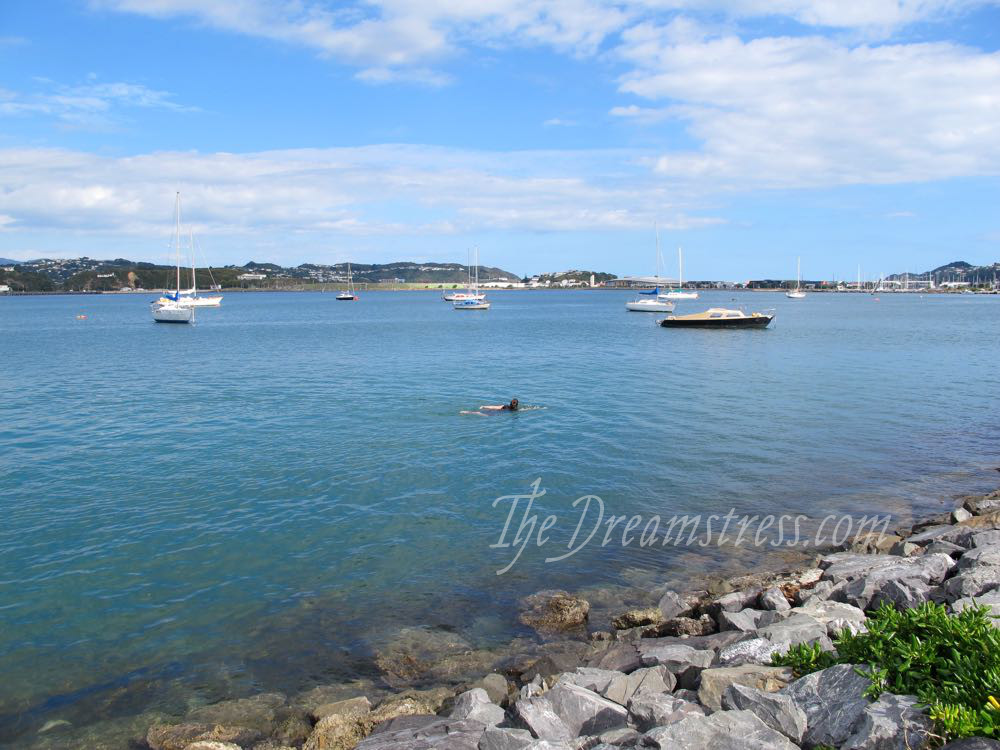
Thoughts on the longer swim:
- Over the course of the swim I definitely felt the additional drag caused by all the extra fabric. I wasn’t nearly as streamlined as I would be in a modern suit, and swimming took more effort.
- I also felt the constriction caused by the sleeves around my arms: it was harder to take a proper stroke.
- The swimsuit definitely provided a little extra insulation. Very nice in the brisk Wellington water.
- Would the extra effort and fatigue caused by the swimsuit mean I’m burning more calories in less time?
- The swimsuit seemed to shrink or bind slightly at the waist as I swam (perhaps from all the water being held in the wool), and it chafed at the waistband. I’ve since washed and dried it, and tried it on again, and it doesn’t seem to have shrunk: the tighter feeling is only when wet.
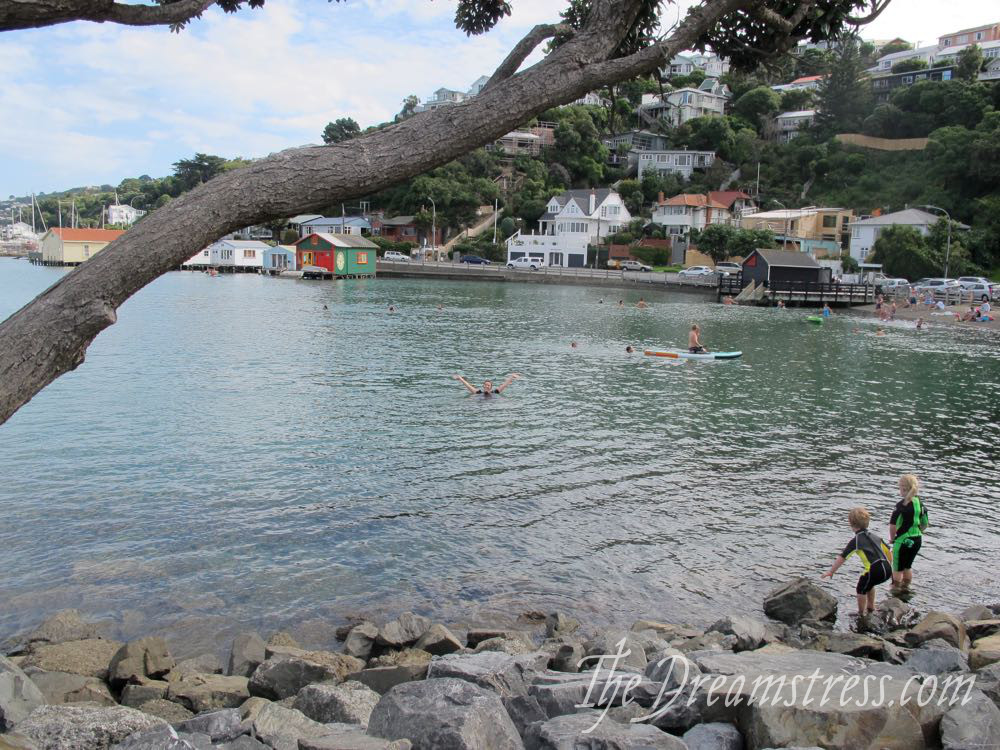
Many thanks to my wonderful friend ‘Priscilla’ for taking the video and the photos (you can hear her commentary in the background), and for Mr D, who entertained Priscilla’s baby & 5 year old while we took these. (No thanks to the baby who cried when I tried to hold her, and then delightedly let Mr D hold her for a whole hour, and then cried when she had to leave him. 🙁 It’s been two weeks and he’s still bragging about that…)
